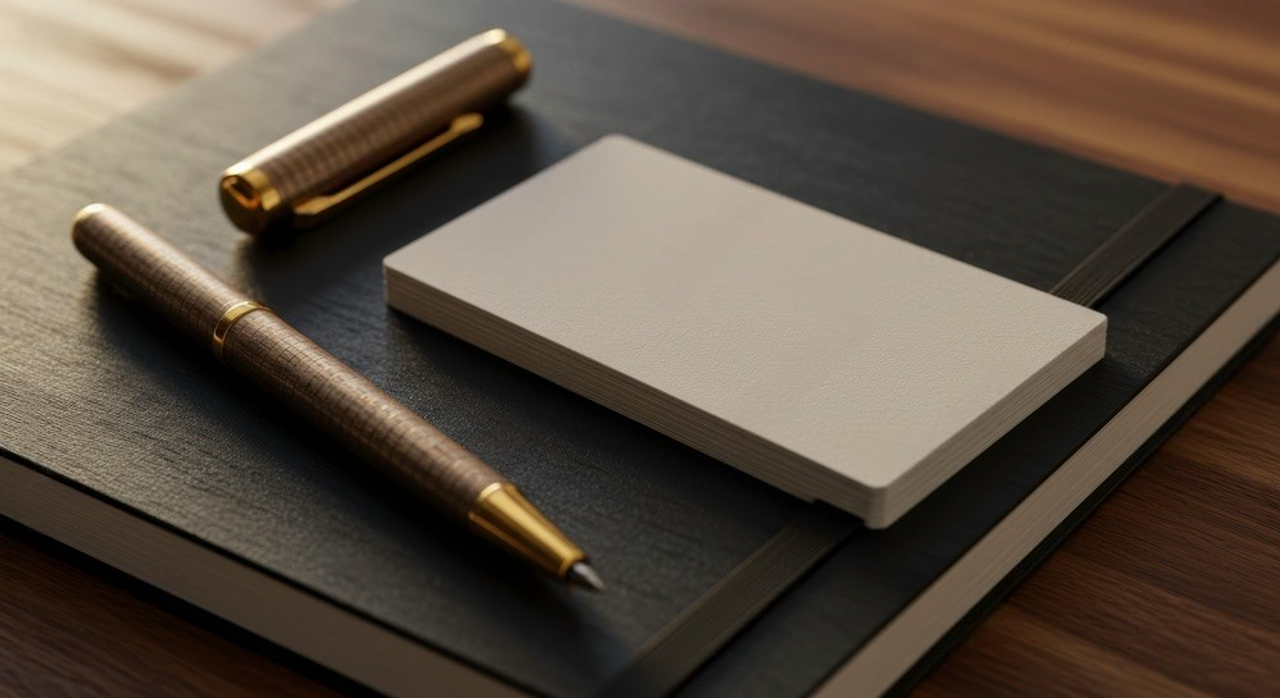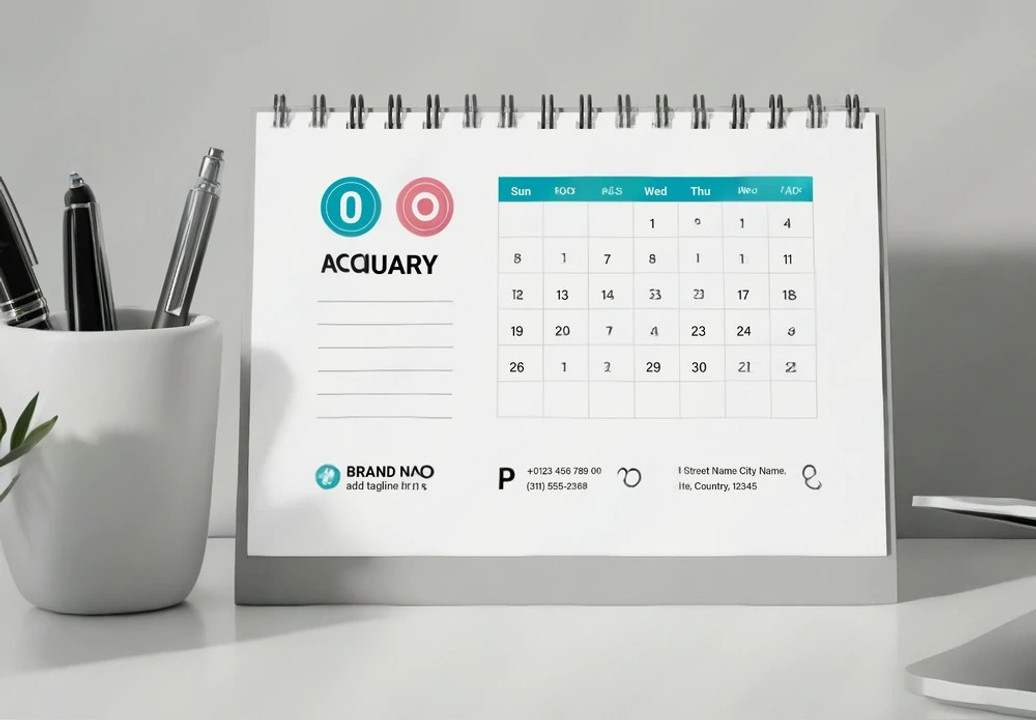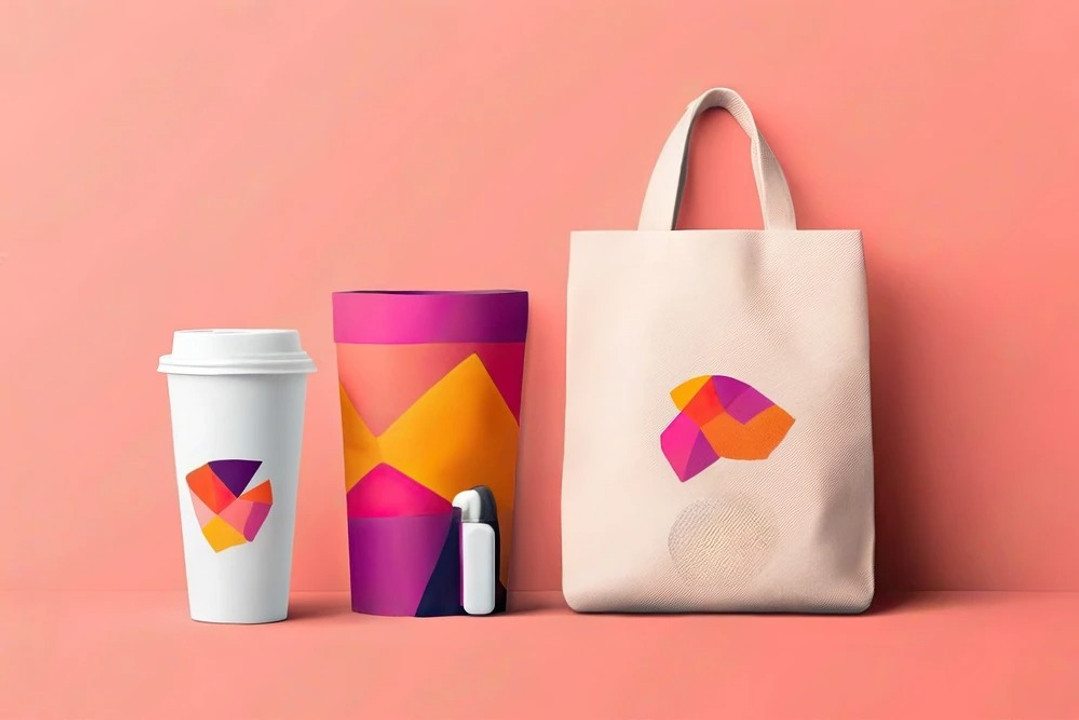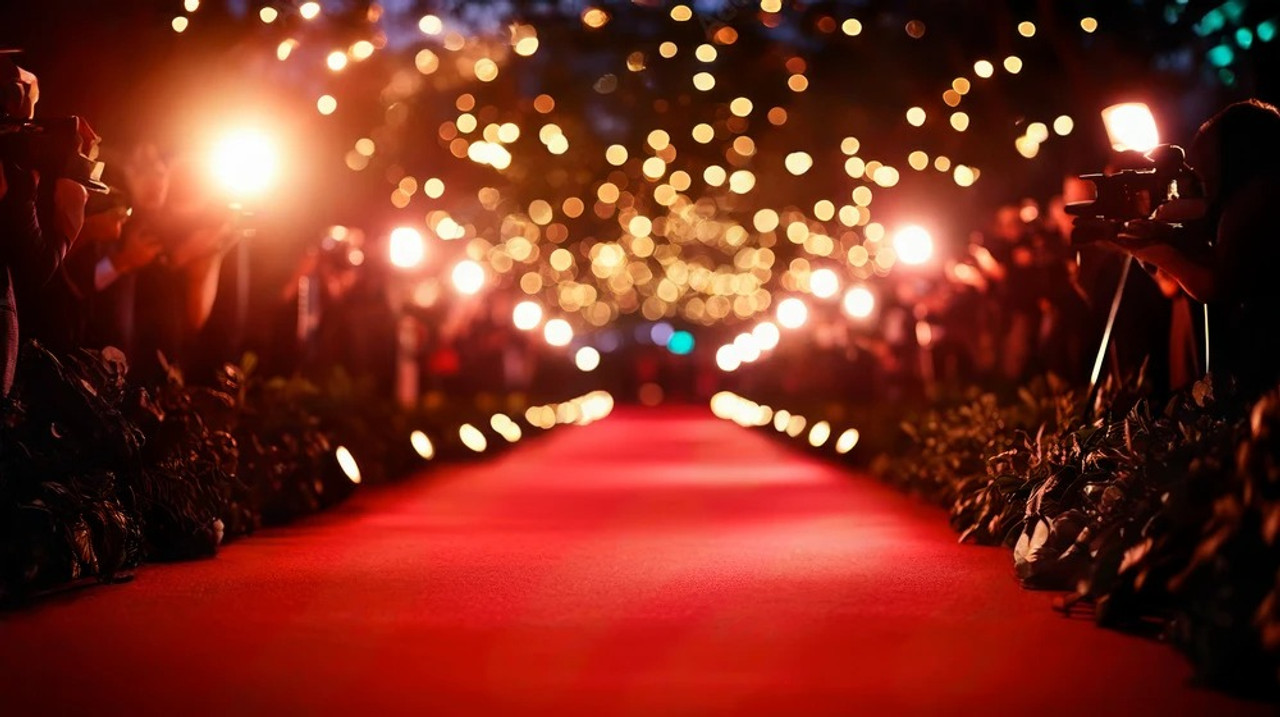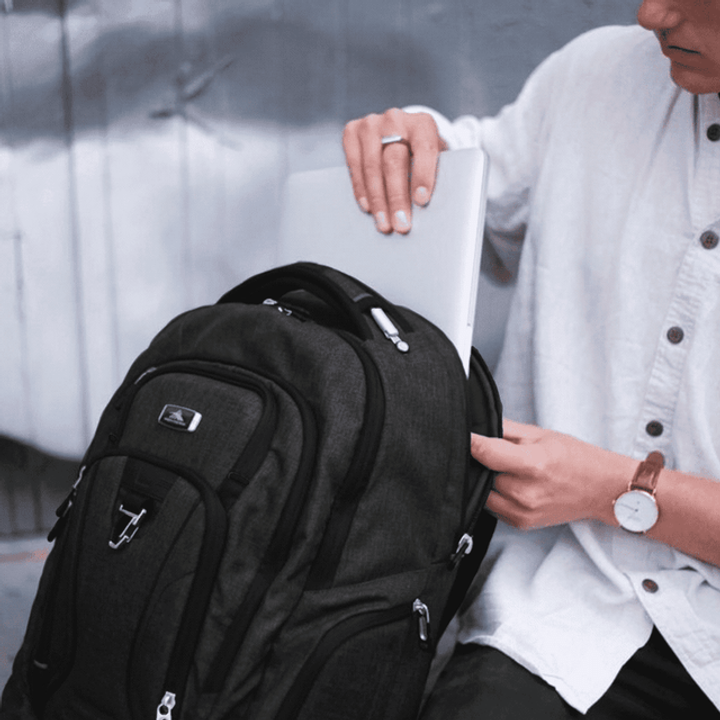Blog
Sweeten Your Brand: Why Confectionery is the Ultimate Promotional Treat
Branded Confectionery: A Tasty Way to Leave a Lasting Impression
When it comes to promotional products, few items are as universally loved—and instantly memorable—as confectionery. Whether you’re welcoming new clients, thanking staff, or drawing attention at events, custom-branded lollies offer a delicious way to connect.
At Brandconnect, we make it easy to add your logo to a range of popular treats that are perfect for giveaways, gift packs, and corporate events. Here&rsq
…
23rd Apr 2025
The Best Wearable Merchandise to Boost Your Brand
You don’t have to look far on a busy street to spot wearable merchandise—T-shirts, hoodies, caps, even branded socks. These items connect customers to the brands they love, the products they trust, and the communities they belong to. Branded merchandise has long established itself as one of the most impactful ways to build brand visibility, all while creating ongoing, meaningful connections with customer bases - and in the world of branded merchandise, it’s hard to go past
…
2nd Apr 2025
Lessons from Limited-Edition Merchandising Success Stories
We’ve all seen it before—people lining up outside stores, setting alarms for midnight drops, or paying over the odds on resale sites. Limited-edition merchandise can trigger an overwhelming public response.
While great merchandising contributes to success, there’s one factor that consistently drives consumer excitement: exclusivity. The idea that something is only available for a limited time—or in limited quantities—creates urgency, heightens desire, and gives
…
2nd Apr 2025
How Simple and Subtle Design Enhances Branded Merchandise Appeal
If less is more, how can branded merchandise maintain a simple, subtle design while still making a powerful connection with potential consumers? Powerful tools for increasing brand recognition, boosting customer loyalty and enhancing overall brand visibility, branded merchandise stands firm amidst a sea of changing marketing tactics. When it comes to branded merchandise, however, not all options are equal.
It’s tempting to rely on bold logos, but simple, subtle designs are often
…
2nd Apr 2025
What We Can Learn From Iconic Charity Merch Campaigns
Branded merchandise isn’t just for businesses. In fact, some of the most recognisable and impactful merch campaigns have come from charities. When executed with care, creativity, and purpose, charity merchandise can do more than raise funds—it can build advocacy, strengthen community ties, and inspire global support for critical causes. These standout campaigns show how powerful the right merchandise can be, offering lessons that apply to both charitable organisations and commer
…
2nd Apr 2025
Why Desk Accessories Are the Ultimate Corporate Gifts
When was the last time you gave your desk a refresh?
Odds are, your latest desk accessory was a corporate gift. We may be biased, but we happen to think desk accessories are the ultimate form of corporate gifts - and we’re going to tell you why.
Corporate gifts serve an important purpose. Yes, they’re about the gift themselves, but they’re also a critical tool in building ongoing relationships, contributing to brand recognition and loyalty, and keeping the gift-giving business
…
7th Mar 2025
How Seasonal Trends Shape Merchandise Strategies
In the same way that seasonal changes can have us swapping T-shirts for coats, seasonal trends can have a large influence on strategic merchandise strategies. It’s getting harder and harder for brands to effectively connect with their audience of potential and existing customers. That’s where seasonal trends can play a key role in merchandise strategy, helping to keep your brand warm in the winter, cool in the summer, and ready to capture attention every day in between.
At Brandconne
…
7th Mar 2025
The Rise Of Celebrity Collaborations In Promotional Merchandise
With so much noise to cut through to capture the attention of our consumers and clients, it’s no wonder that many brands are turning to the power of celebrity collaborations via promotional merchandise. From celebrity-branded giveaways to influencer partnerships, more and more businesses are using the power of existing audience reach and established celebrity identities to connect with their target audiences.
While there are plenty of benefits that can come from these celebrity colla
…
7th Mar 2025
How Emerging Technologies Are Changing the Merchandise Industry
Emerging technologies are leaving their fingerprints on almost every aspect of our personal and professional lives, and in the merchandise industry, they’re revolutionising the way branded merchandise is created, produced, and distributed. Whether it’s the world of AI-driven inspiration and customisation or using 3D printing tools, exciting new opportunities emerge day after day when technology and branded merchandise intersect.
In fact, at Brandconnect, we’ve got one cle
…
7th Mar 2025
Why Quality Over Quantity Matters In Promotional Merchandise
When it comes to promotional merchandise, you might think that more is better. And there’s some logic to that. The more branded items you give away, the more exposure your business gets. But in reality, bombarding the marketplace with cheap, low-quality products can do more harm than good. These types of items generally won’t leave a great impression, and as a result, your brand reputation suffers.
In this article, we’ll explore why it’s crucial to always focus on hi
…
18th Feb 2025




